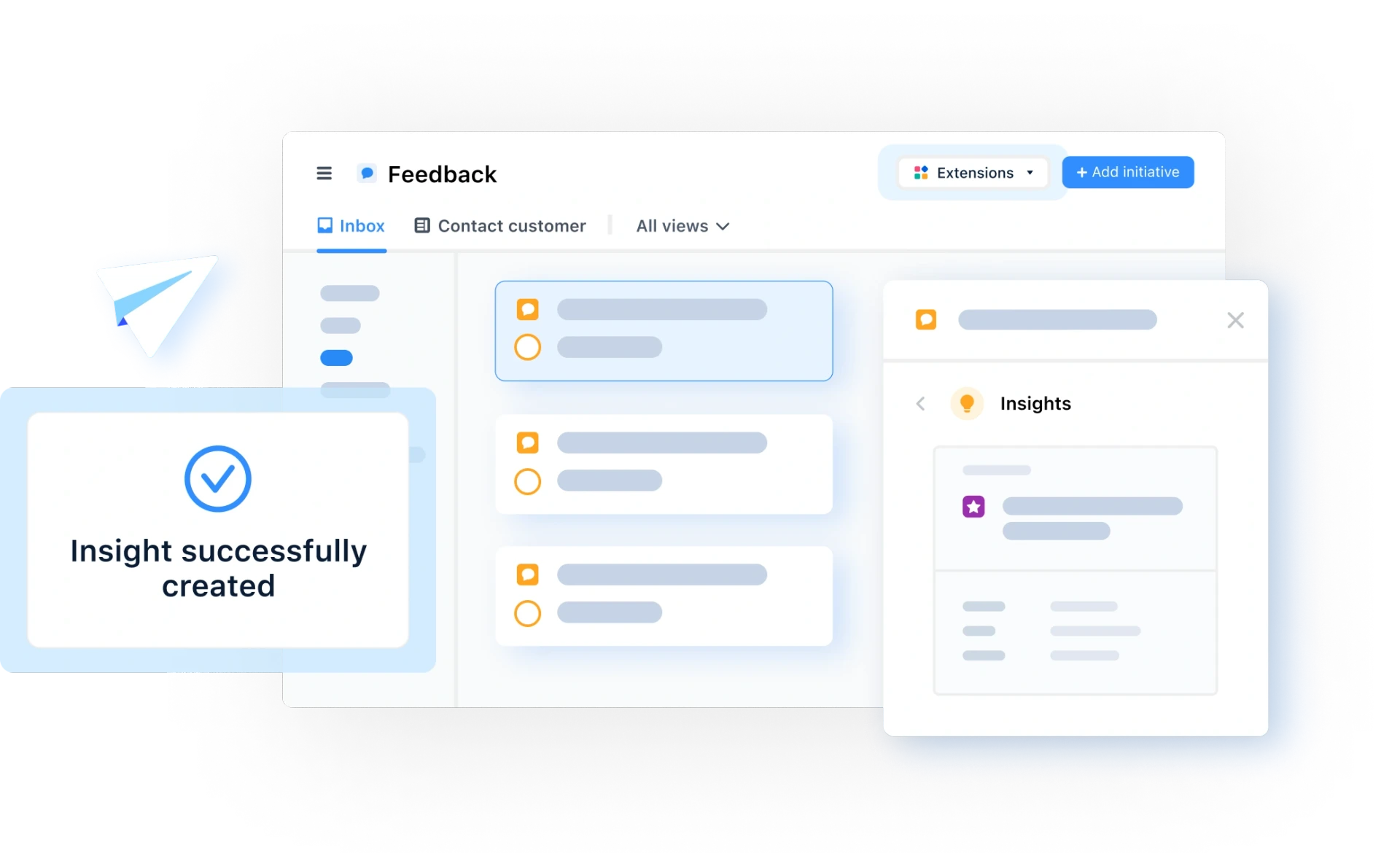Pirate Metrics
Pirate Metrics Definition - The Pirate Metrics framework combines five, essential and user-centric metrics that put product-led businesses on the path to success. The moniker Pirate Metrics comes from the acronym each metric creates: AARRR.
Each metric within AARRR represents a question that can be used to gauge how successful our marketing efforts are. AARRR also uncovers how well our product is performing. The five metrics are:
Acquisition (or awareness) - How do people discover our product or company?
Activation - Are these people taking the actions we want to drive the business forward?
Retention - Are our current users continuing to use the product?
Referral - Are our customers sharing our product within their networks?
Revenue - Are people actually buying the product?
Pirate metrics have been designed to determine where you should focus your efforts when optimizing your marketing funnel.
The history of Pirate Metrics
The Pirate Metrics framework was created by Silicon Valley investor and founder of 500 Startups, Dave McClure. You may remember him from such companies as PayPal, Simply Hired, and O'Reilly Media.
McClure wanted to create a framework that took the focus away from superficial “vanity” metrics such as social media numbers. With Pirate Metrics, McClure wanted to show emerging companies how to narrow their focus from metrics that “look good” to metrics that directly affect how well the business is performing.
At the same time, he wanted to help these companies use data to uncover the success of their product management and marketing efforts.
The Pirate Metrics framework in action
As the Pirate Metrics framework was designed for startups, it’s an incredibly simple process that can be broken down into four steps.
Step 1: Identify your AARRR
The first step is to identify conversion metrics for each of the five user behaviors.
Acquisition Metrics
Acquisition metrics in this situation is defined by the first transaction a customer makes. However, in Pirate Metrics, acquisition doesn’t always mean a monetary sale.
A common acquisition transaction for SaaS clients is a prospective customer downloading a PDF file, such as a whitepaper or case study. Essentially, it’s the first moment you see your marketing efforts working. You’ve got their interest, now it’s a case of nudging them towards a purchase.
Acquisition metrics come from a range of channels, including:
SEO
Social media
Marketing campaigns
Apps and widgets
Advertising
Activation Metrics
Activation refers to users taking the desired actions, or next steps, after their first encounter with your company’s product, website, or content. The difference between acquisition and activation can be difficult to understand. Put simply, acquisition uses content derived from the product while activation uses a sample of that product.
Examples of actions that contribute towards activation metrics include:
Visiting additional pages
Experimenting with additional features
Spending a given amount of time on your site or app
Signing up for your newsletter
Signing up for your free trial
Retention Metrics
Once a user has been “activated”, it’s time to convince them to stick around. The idea here is that the longer a user keeps coming back, the more likely they are to do further business with you.
Key user actions to take note of include:
Returning to your product time and time again over a given timeframe
Returning to your website
Opening your company’s emails
Signing up for your RSS feed
Referral Metrics
Word of mouth is incredibly important for growing brands, but it’s notoriously difficult to keep track of. Thankfully, there are ways to help you keep track of referral metrics such as:
Referral promotions (get 10% off when you share your code, etc)
Referral contests
Marketing campaigns that reward recommendations and make it easy to spread the word about your product or service.
Revenue Metrics
The last metric we need is cold hard cash. This will help you understand how effective your marketing strategy is in terms of real money. By working this out, you can identify which marketing strategies are actually bringing in money and which are wasting your time, money and resources.
To do this, you’ll need to know:
Minimum revenue
Break-even revenue
Revenue that exceeds the customer acquisition cost
Step 2: Set up processes to track and analyze your pirate metrics
If your company deals with digital only products and resources, tracking your Pirate Metrics is made much easier by the many analytic tools available, such as Google Analytics or KISSmetrics. These tools have a substantial range of features that can help you keep track of pirate metrics and take away key insights that help improve your strategies.
Step 3: Run tests for all stages of user behavior to identify better approaches
As you gather data, you should experiment with as many ideas as possible to help you identify which strategy is most effective. In his almost chaotic slideshow, McClure recommends doing lots of A/B tests to find places where you can improve user engagement at each stage of the AARRR framework.
Step 4: Use these metrics to improve your initiatives
The final step is putting what you have learned into practice. Using the data you have gathered, you can start to figure out what is working and what needs improvement.
Impact of Pirate Metrics
Pirate metrics can be a time consuming way of identifying what’s working and what isn’t, however, they are vital for businesses as they give an accurate representation of how your initiatives are performing.
Businesses that use Pirate Metrics can benefit from lower costs, higher productivity, less waste, and most importantly, higher conversion rates.
General FAQ

Glossary categories
All product feedback in one place

Experience the new way of doing product management








